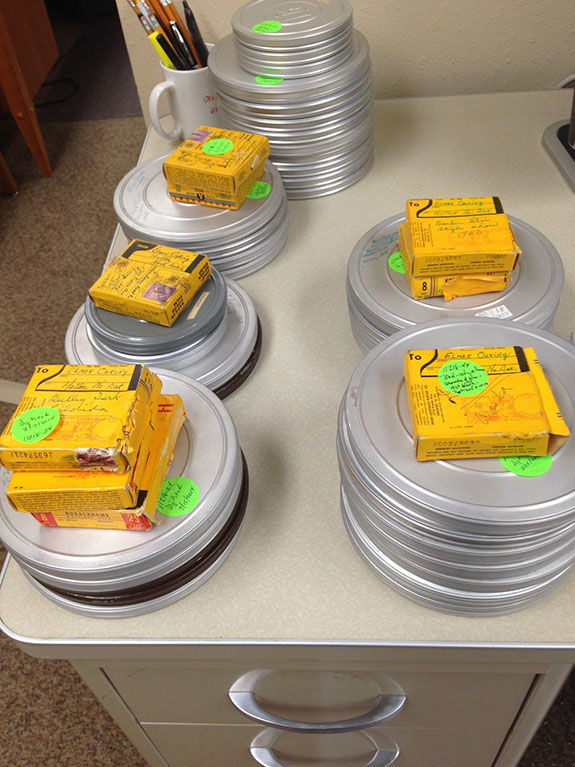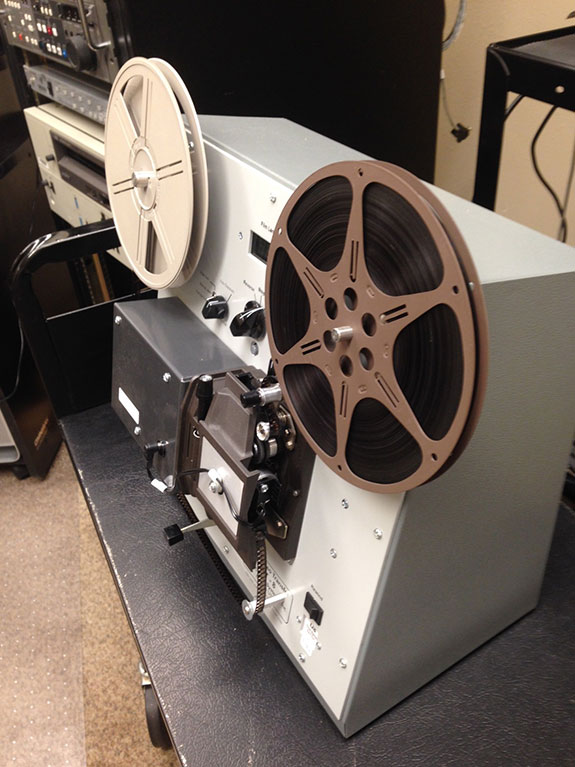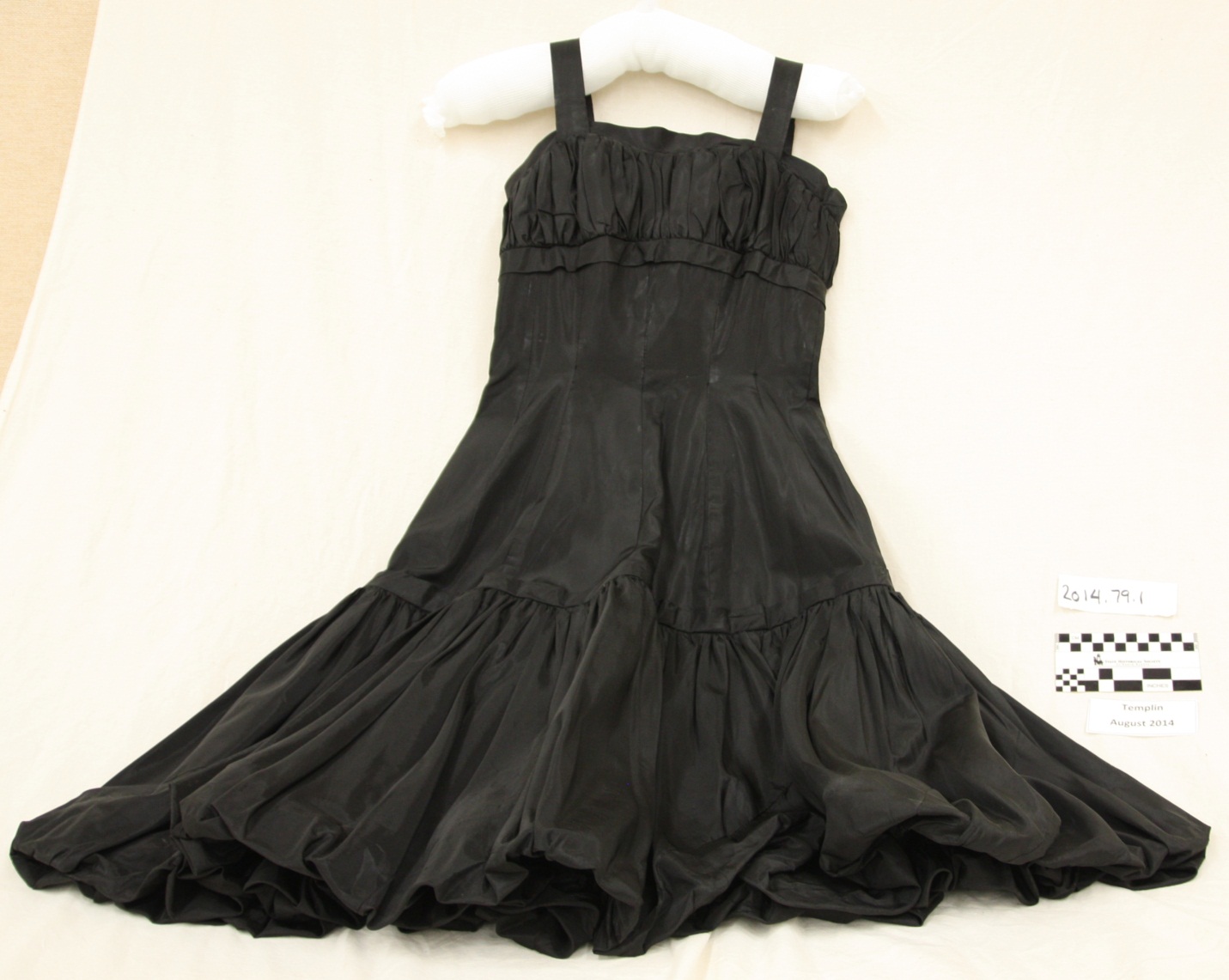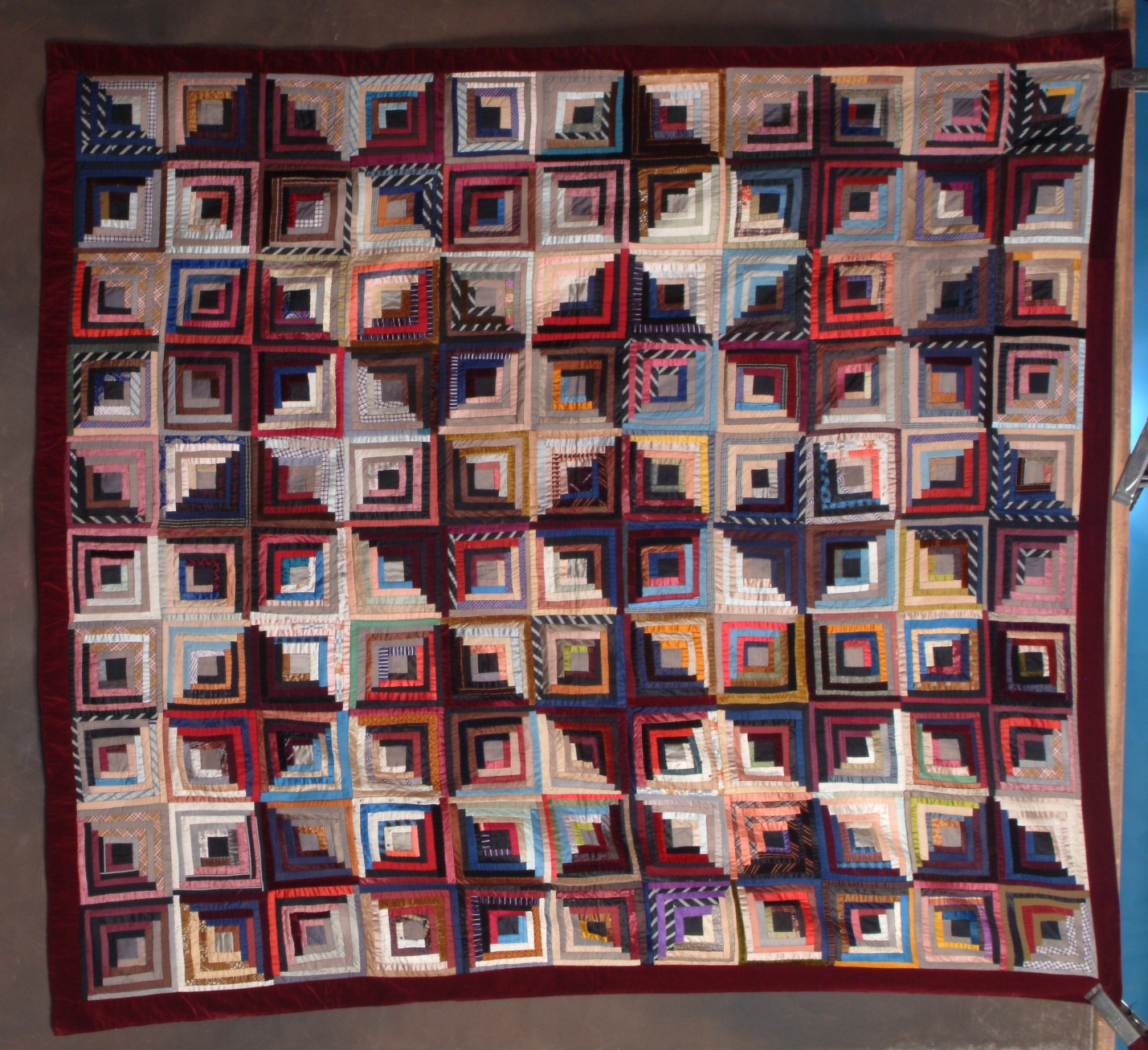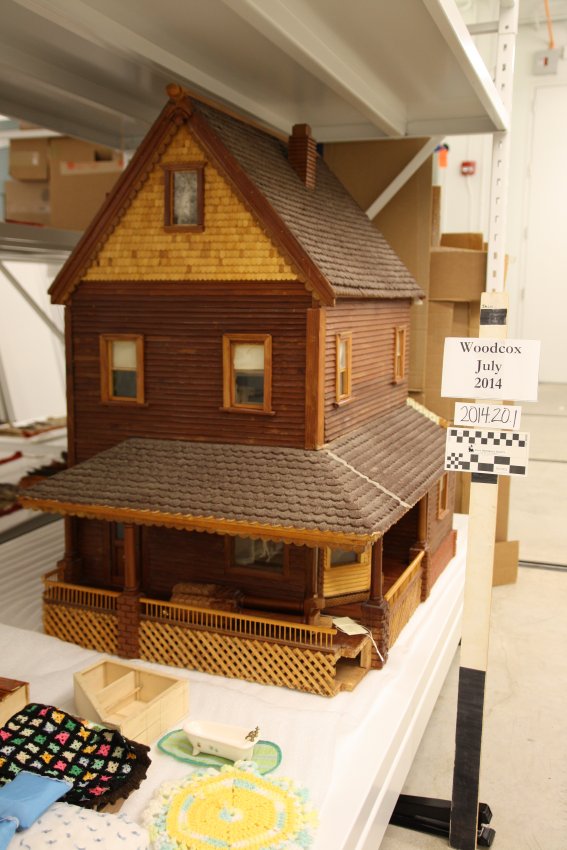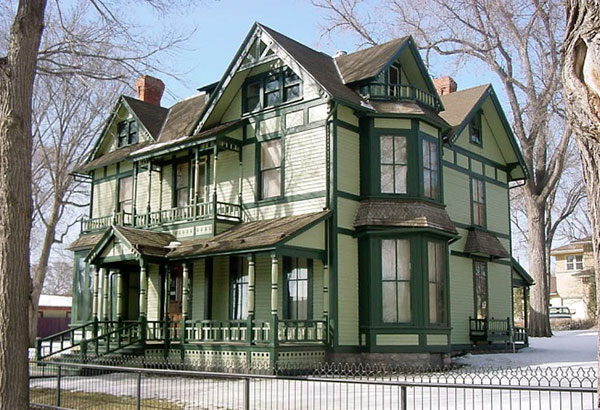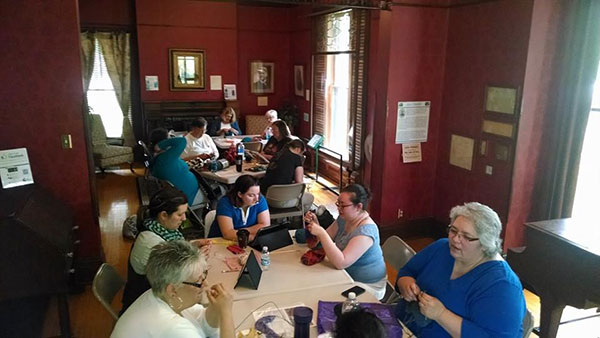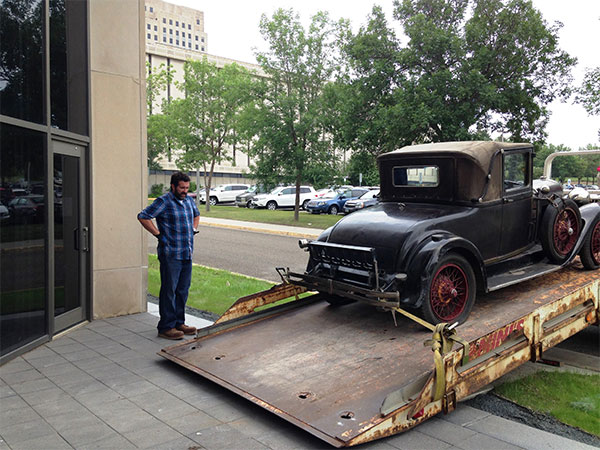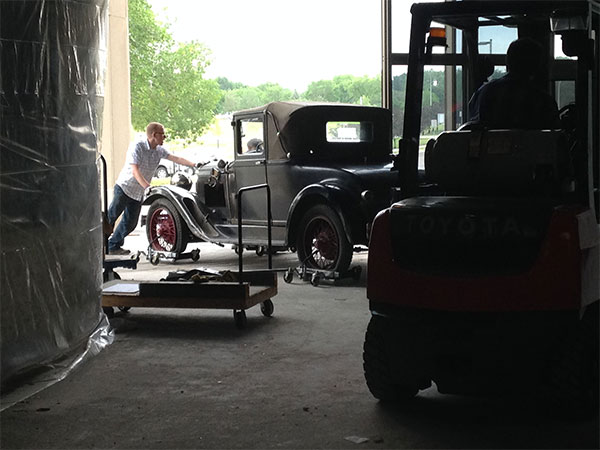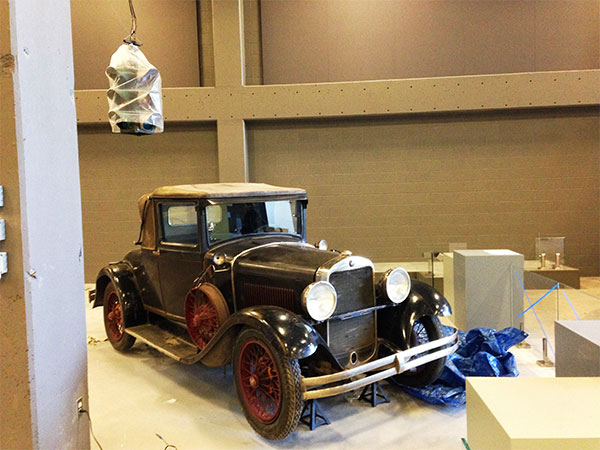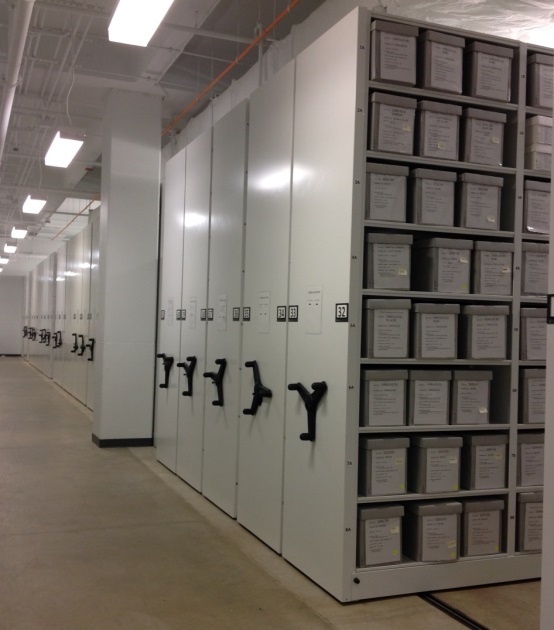
One of two new archaeology collections storage rooms.
“What is your favorite part of the expansion?” As the manager of the archaeology collections, I know there is a right answer to this question. I should say, “Our new, state-of-the-art archaeology collections storage rooms!” (yes, rooms! The “s” is not a typo!). And I do love them, don’t get me wrong. They are large, bright, climate-controlled rooms with compact shelving units that have more than quadrupled our storage space. They allow us to organize our collections in ways that were not possible in our old space. In fact, we have an entire room filled only with artifacts from Plains Village sites – these are the sites that were built and occupied by North Dakota’s agricultural communities between the 12th and 19th centuries. Shouldn’t that be my favorite room? Yes! But it’s not. So what is wrong with me?
The problem is that I am obsessed with our new archaeology lab. Our old lab served many purposes, due mostly to a lack of space in our old office. It was a lab, but also included cubicles, a library, and miscellaneous storage. It was getting pretty crowded in there when we finally moved from this…
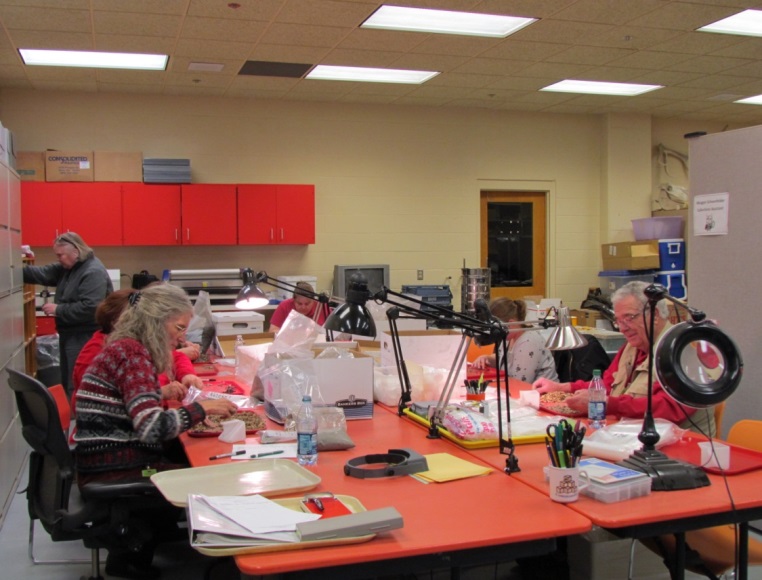
To this…
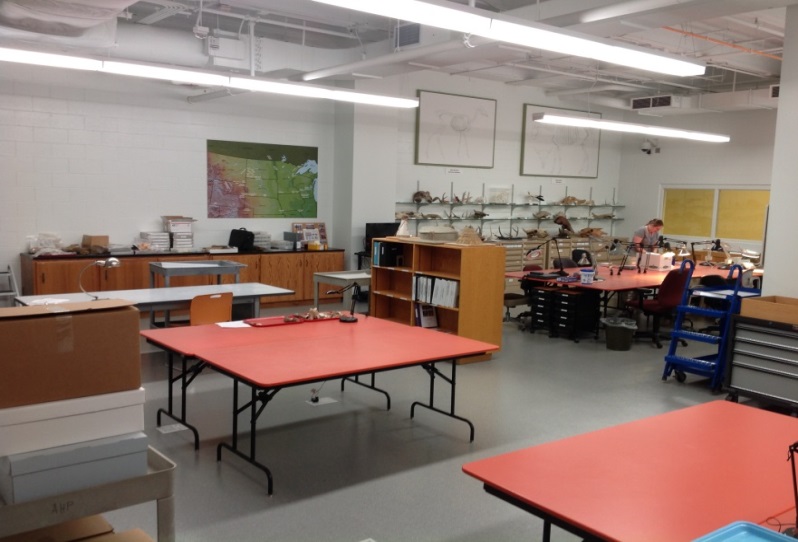
Here are some highlights…
The Dirty Room
As you may expect, archaeological work involves a lot of dirt. While most of it is left at the site, a lot of it does come in with the collection when it arrives to be processed. We try to keep the dirtiest jobs in this room, which has a large sink, a central vacuum, and some of our processing equipment. This is where we wash artifacts, do our size grading, and process flotation and soil samples (among other messy/dusty things).
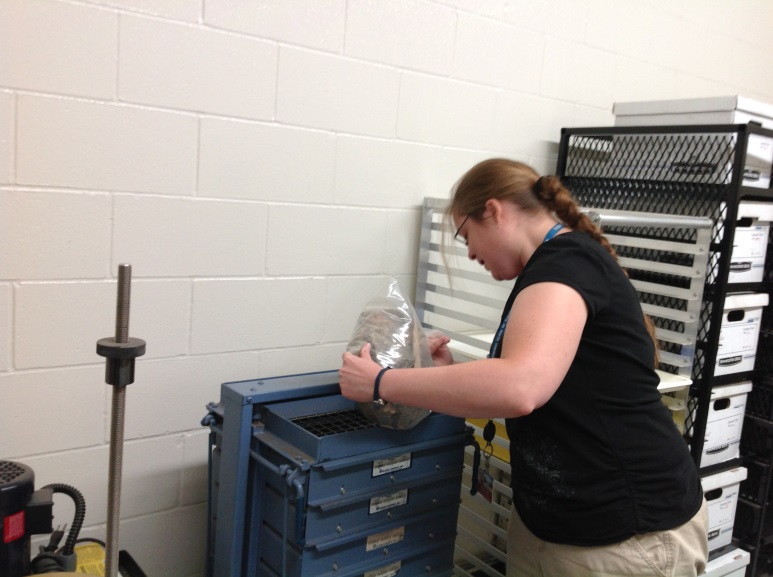
The blue machine being used by Meagan (Collections Assistant) is a size grader. This contraption is actually an ingenious stack of nested screens that vibrates, shaking the artifacts into 5 different size groups (size-grading makes artifacts easier to sort, and is useful in many types of artifact analysis).
Lithic Comparative Collection
When you find a lithic (stone) tool at an archaeological site, the type of rock it is made from can tell you a lot about the people who used it and/or what was going on at the site. Because certain rocks form under unique geological conditions, we know they can only be found in particular places (called “source areas”).
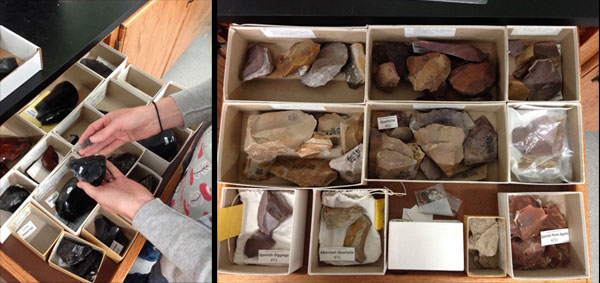
Left - Comparing a flake with a piece of raw material (obsidian, which is a type of volcanic glass).
Right - One of our many drawers full of labeled lithic raw materials. This drawer contains cherts and quartzites from Wyoming and South Dakota.
Let’s say we find an arrowhead in North Dakota made of obsidian. We know that the closest source of obsidian is in Wyoming, near Yellowstone National Park. That tells us that either someone in North Dakota traveled that far to get it, or it was traded into North Dakota by other groups. Lithic material gives us clues about prehistoric economics and trade, mobility, and tool technology. Our lithic collection has over 250 samples of rock from all over the country. We use it to identify lithic materials that may be unfamiliar to us, and to figure out where it originated.
Work Tables
We have an amazing team of volunteers who help us with different lab projects every week. We are currently sorting artifacts from trash pits at an ancestral Mandan village that was partially excavated in 2010 prior to a road project. We are sorting different types of materials (stone, bone, pottery, etc.) that will be analyzed by specialists for the final report. This is when the lab is the most fun (and on our breaks from doing and learning about archaeology, we tend to eat a lot of sweets and look at each other’s vacation pictures!)
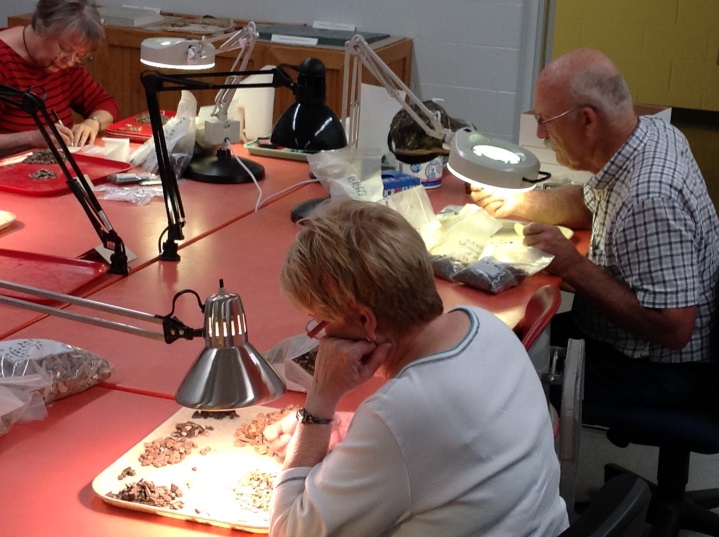
Lab volunteers sorting artifacts from Larson Village.
Cataloging Station
This is where we catalog everything from tiny seed beads to projectile points to leather shoes. The work we are doing ensures that we are able to track every object that we care for. We come across a lot of objects that fill our brains with maddening questions about who, why, when, and where…
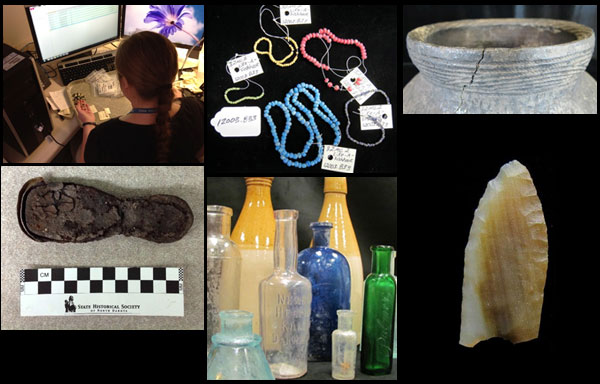
Top Left - Cataloging broken beads from a historic fort, Morton Co.
Top Middle - Glass beads recovered from excavations at Like-A-Fishhook Village, 1845-1880s.
Top Right - This photo shows the decorative detail of a cord-impressed pot. Prior to firing, a twisted cord of grass was pressed into the pot at different angles. The impressions indicate that the cord used was twisted tightly and the impressions are close together - these are clues that the pot was made some time after 1500.
Bottom Left - A child’s shoe from Fort Rice, Morton Co.
Bottom Middle - Historic glass bottles, one of which claims to be a remedy for the “dandruff germ” (once believed to cause baldness in men!). http://cdnc.ucr.edu/cgi-bin/cdnc?a=d&d=SN19010420.2.107
Bottom Right - A Folsom projectile point (10,800-10,200 B.P) from Lake Ilo, Dunn Co.
See what I mean? I suppose the lab is where I see objects come to life – it’s where artifacts to be curated become histories to be contemplated. It’s where I think the most about the people who made and used them. It’s where a lot of my questions arise, and it’s where I know I can find at least some of the answers. It is where I can see history being preserved, one artifact at a time.
So, the archaeology lab is my favorite. Final answer.
